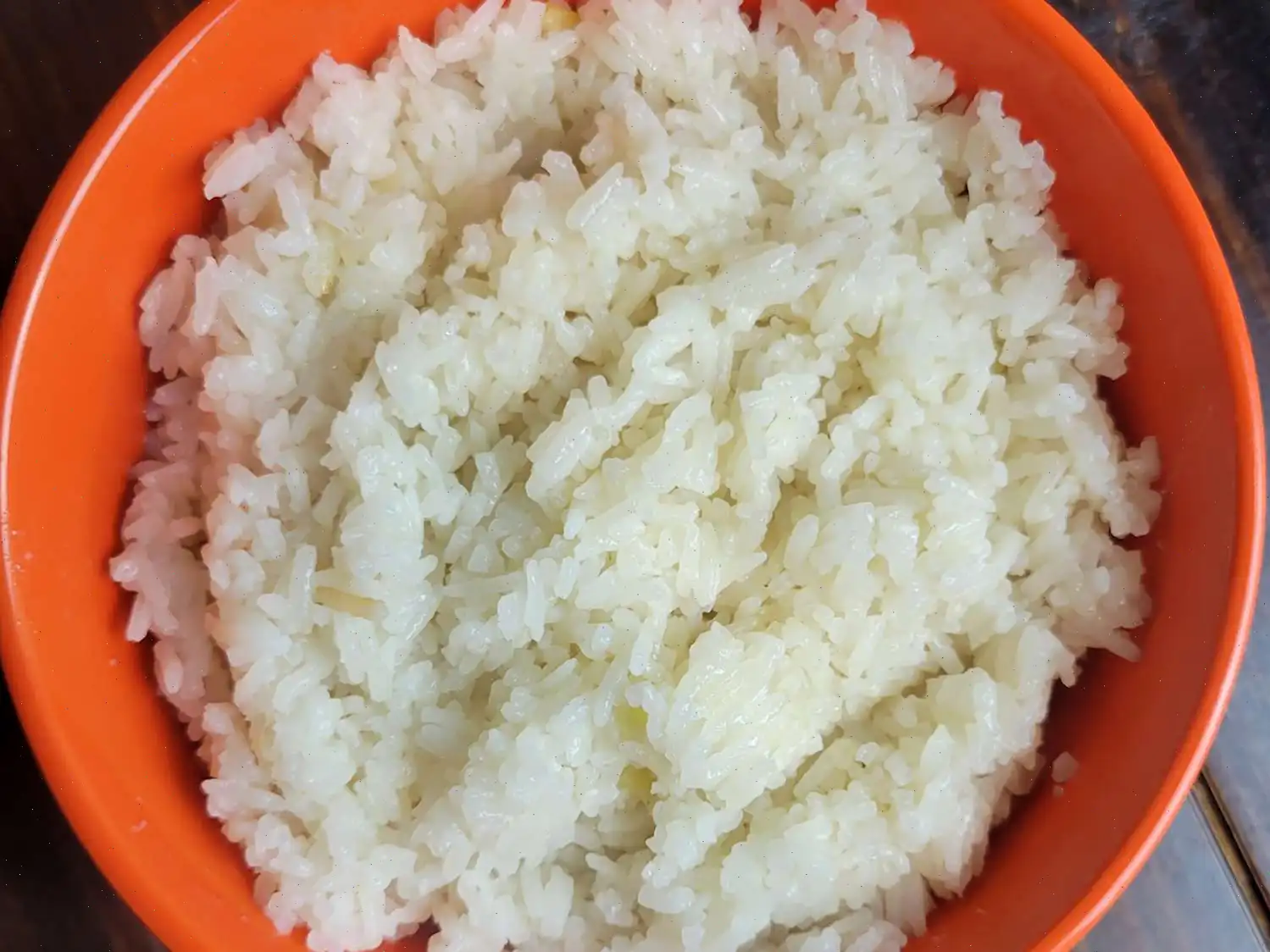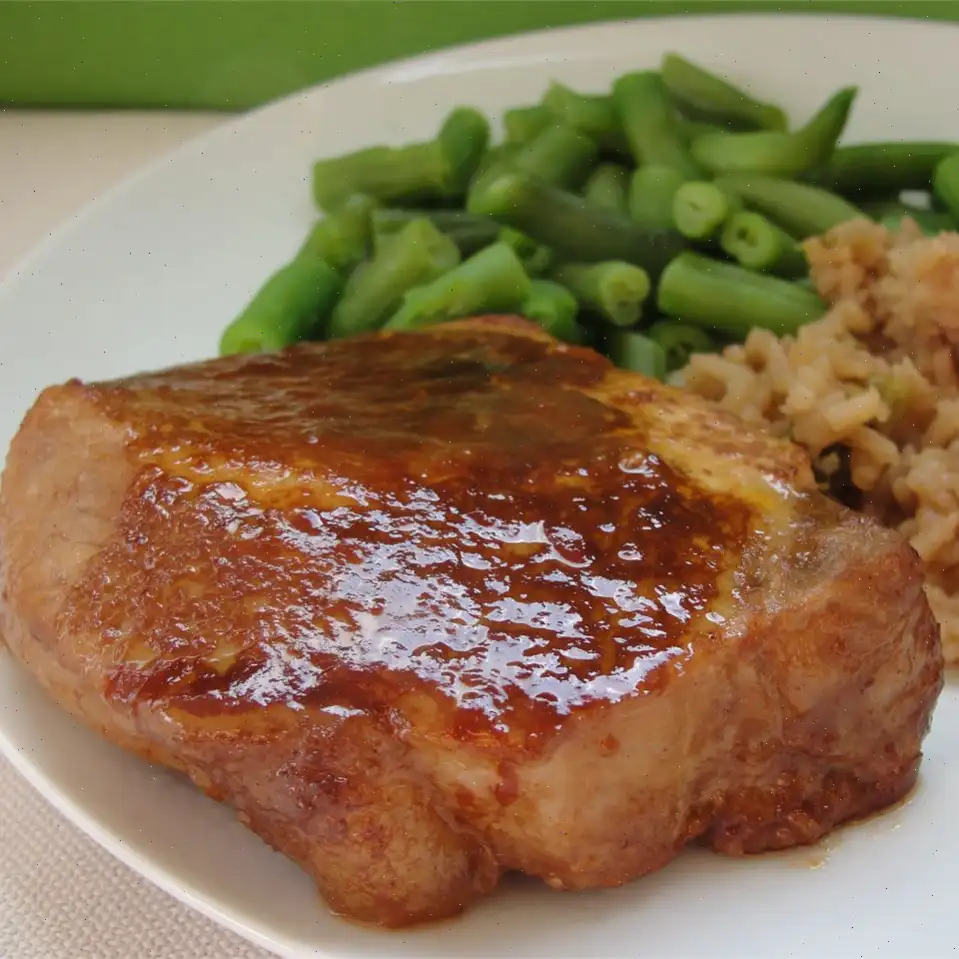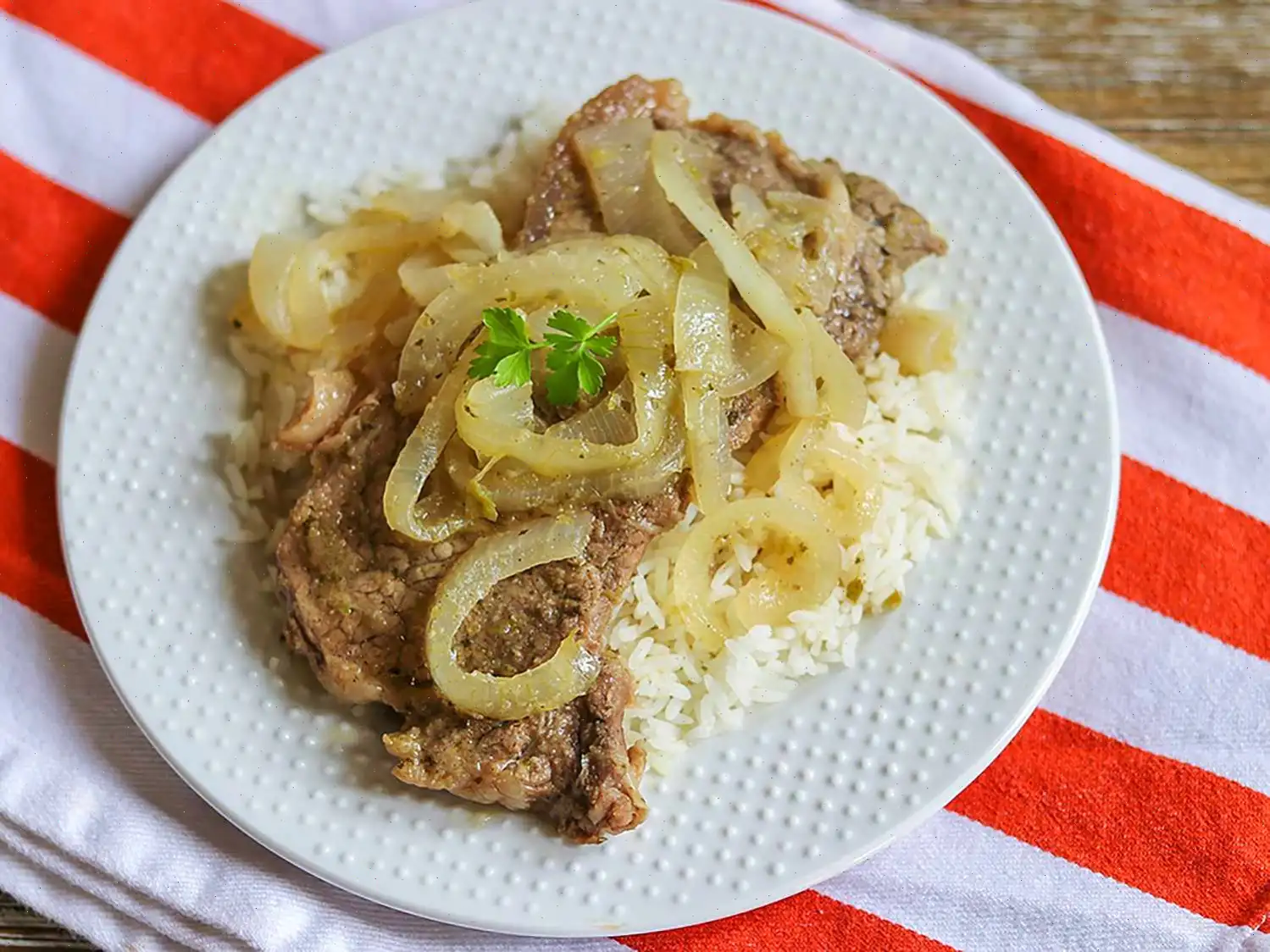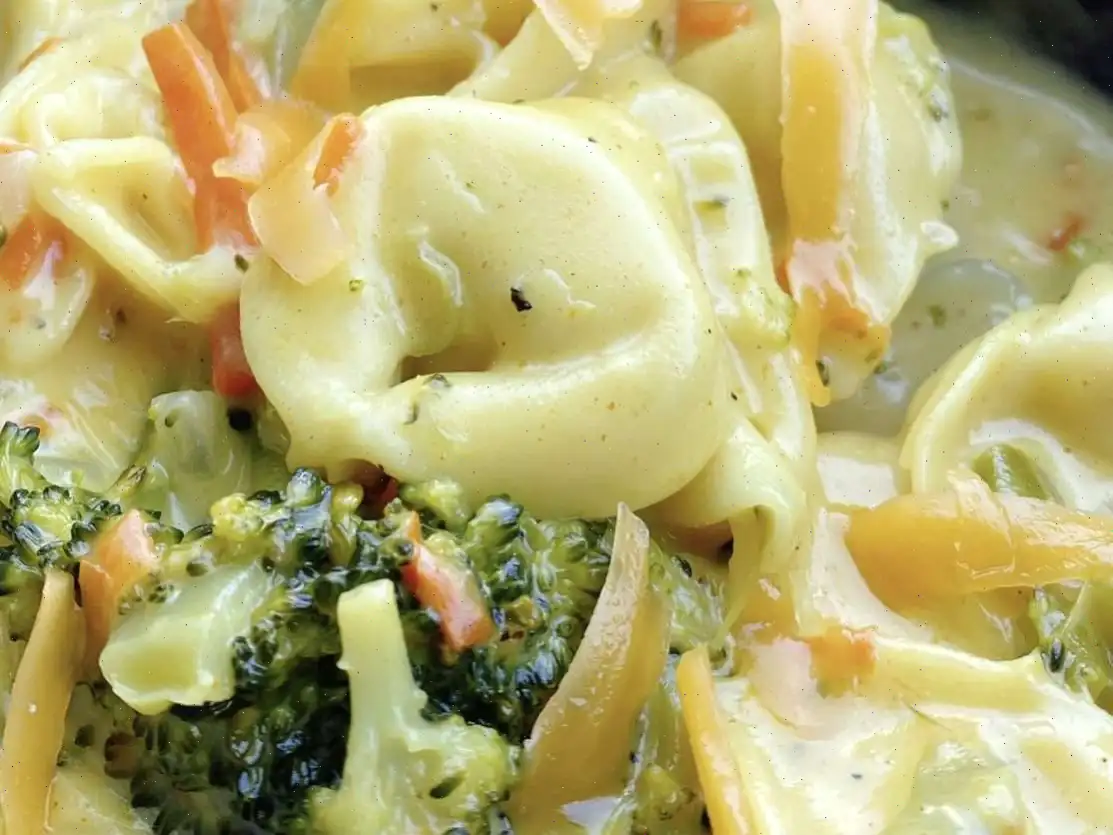
Coconut Ginger Rice Recipe
Ingredients
- 3 cups jasmine rice, or any long-grain rice
- 1 cup coconut milk
- 2 cups vegetable broth or water
- 1 tablespoon chopped fresh ginger
- 1 tablespoon butter
- 1 teaspoon salt
Directions
- Rinse and drain the rice thoroughly, then place it into a large pot.
- Add the coconut milk, vegetable broth (or water), chopped ginger, butter, and salt to the pot. Stir everything to combine.
- Cover the pot and bring the mixture to a gentle simmer over medium heat.
- Cook for 15 to 20 minutes, or until the rice is tender and all the liquid has been absorbed. Check occasionally to ensure the rice is cooking evenly. Adjust the heat as necessary.
- Once the rice is done, fluff it with a fork and serve warm.
Nutrition Facts (per serving)
Each serving contains:
- Calories: 199
- Total Fat: 10g (13% Daily Value)
- Saturated Fat: 8g (42% Daily Value)
- Cholesterol: 5mg (2% Daily Value)
- Sodium: 596mg (26% Daily Value)
- Total Carbohydrates: 24g (9% Daily Value)
- Dietary Fiber: 0g (1% Daily Value)
- Total Sugars: 0g
- Protein: 3g (6% Daily Value)
- Vitamin C: 1mg (1% Daily Value)
- Calcium: 18mg (1% Daily Value)
- Iron: 2mg (13% Daily Value)
- Potassium: 131mg (3% Daily Value)
* Percent Daily Values are based on a 2,000 calorie diet. Your daily values may be higher or lower depending on your calorie needs.
** Nutrient information is based on available data and may vary based on ingredient variations. If you are following a medically restrictive diet, consult your doctor or registered dietitian before preparing this recipe for personal consumption.
This Coconut Ginger Rice recipe offers a delightful blend of fragrant jasmine rice, creamy coconut milk, and the warming kick of fresh ginger. A perfect pairing for Asian-inspired dishes, it balances sweetness and spice, creating a taste that's both comforting and exotic. Lets explore the history, regional variations, and fascinating facts behind this delicious side dish.
History of Coconut Ginger Rice
The combination of coconut and ginger in cooking has roots in tropical cuisines, particularly those of Southeast Asia, the Pacific Islands, and parts of South Asia. Coconut milk is a staple ingredient in these regions due to the abundance of coconut palms, and ginger is prized for its medicinal properties and bold flavor. While the precise origin of Coconut Ginger Rice remains uncertain, the dish reflects the culinary traditions of countries like Thailand, India, and Malaysia, where coconut and ginger frequently appear in everyday meals. This recipe encapsulates the fusion of sweet and savory flavors that have been passed down through generations, evolving into a modern, accessible dish enjoyed worldwide.
Regional Variations
Coconut rice can be found in many forms across different regions. In Thailand, the dish is often prepared with a little sugar to enhance the coconut flavor, and it's frequently served as a side to complement spicy curries. In Sri Lanka and southern India, coconut rice is sometimes spiced with curry leaves and mustard seeds for an additional aromatic layer. While ginger is an essential component in this recipe, it is not always used in every regional variation. Some versions rely solely on coconut milk and a pinch of salt, while others introduce additional herbs and spices, such as turmeric or lemongrass, for added complexity.
How It Differs from Similar Dishes
Coconut Ginger Rice stands out from other types of coconut rice because of its distinctive use of fresh ginger. Traditional coconut rice recipes might focus solely on the richness of the coconut milk, but the addition of ginger introduces a sharp, spicy contrast to the creamy sweetness of the coconut. Unlike simpler rice dishes that rely on the natural flavor of the coconut, this recipe blends savory, spicy, and creamy elements into one unified dish. When compared to other ginger rice recipes, such as those found in Indian biryanis, this version is less complex but offers a more straightforward and accessible flavor profile.
Where It Is Typically Served
Coconut Ginger Rice is commonly served in various Southeast Asian restaurants, often accompanying curries, stir-fries, grilled meats, and seafood. It pairs exceptionally well with rich, spicy dishes like Thai green curry or Indian butter chicken, as the coconut helps balance out the heat and spices. It's also a popular side dish in vegetarian meals, especially when paired with tofu or vegetable-based curries. In some cultures, it might be enjoyed as a stand-alone meal, often garnished with fresh herbs or a squeeze of lime for added freshness.
Interesting Facts
- Coconut milk, the key ingredient in this recipe, is not the same as coconut water. Coconut milk is made by extracting liquid from the grated flesh of mature coconuts, while coconut water is the liquid found inside young, green coconuts.
- In many parts of Southeast Asia, coconut rice is traditionally cooked during festivals or special occasions, as coconut is considered a symbol of abundance and prosperity.
- Ginger, which is often used in both culinary and medicinal contexts, has been valued for over 5,000 years. It is known for its anti-inflammatory properties and is often used to treat digestive issues and colds.
- The jasmine rice used in this recipe is prized for its delicate fragrance and slightly nutty flavor. It is a long-grain rice variety originally cultivated in Thailand, though it is now grown in various regions around the world.
FAQ about Coconut Ginger Rice Recipe
Comments
Maria Perez
09/28/2023 10:49:17 AM
I cook a variety of rice dishes regularly, and one of my favorite types is jasmine rice. Unfortunately, I encountered some challenges while trying to cook this particular batch. Unlike the usual 1:1 1/4 ratio for jasmine rice, the recipe called for a 1:1 ratio of rice to liquid, which I believe contributed to the extended cooking time. I had to make adjustments by adding more vegetable stock and coconut milk to ensure the rice cooked properly. Additionally, the recipe lacked details on the cooking temperature, which would have been helpful. In the future, I would recommend starting with more liquid, bringing it to a boil, then covering and simmering until the broth is absorbed. This is just my personal take on it, but it might help others facing similar issues.








